Living organisms are classified into five kingdoms by R.H. Whittaker. He classified living species based on cellular structure, manner of nourishment, body organization, reproduction, phylogenetic relationship, and other factors. Monera, Protista, Fungi, Plantae, and Animalia were the five kingdoms.
According to the above-mentioned criteria, the plant kingdom has been divided into five subgroups:
- Thallophyta
- Bryophyta
- Pteridophyta
- Gymnosperms
- Angiosperms
Bryophyta
Braun was the first to coin the term “Bryophyta” (1864). Bryophytes (Greek: Bryon—moss; phyton—plant) comprise liverworts, hornworts, and mosses, and are found between thallophytes and pteridophytes in the plant kingdom. These are land-dwelling plants that are restricted to moist, shady areas and are completely reliant on external water to complete their life cycle. Bryophytes are often known as “plant-based amphibians” because of their characteristics. All plants above the level of Thallophyta (i.e., algae, fungus, and lichens) should be classified in the subkingdom Embryophyta, according to Engler (1886).
Bryophyta, Pteridophyta, and Spermatophyta are all members of the Embryophyta. They’re thought to have descended from algal ancestors and are closely connected to Charophytes. Bryophytes are nonvascular photosynthetic plants with a marked heteromorphic generational alternation. The gametophytic generation is powerful, well-developed, and self-sufficient. The sporophyte, on the other hand, is never independent. The majority of bryophytes are moist-loving terrestrial plants that grow in shaded areas, on moist rocks, tree trunks, and other moist environments. They grow in tufts and cushions and are responsible for giving the plains, forests, and mountains their green color, especially during the wet season. Bryophytes thrive in both tropical and temperate climes, where they thrive in humid conditions. As a result, it is classified as a Metropolitan plant on the planet.
Classification of bryophytes
Bryophytes are nonvascular photosynthetic plants that shows a distinct generational heteromorphism. The gametophytic generation is well-developed, powerful, and independent. On the other hand, the sporophyte is always dependent on gametophyte. Bryophytes are mostly damp-loving terrestrial plants that thrive in shaded regions, on moist rocks, tree trunks, and other moist settings. They grow in tufts and cushions, and are responsible for the green color of the plains, forests, and mountains, particularly during the rainy season. Bryophytes can be found in both tropical and temperate climates, and flourish in humid environments. As a result, it is classed on the globe as a Metropolitan plant. They are classied into three divisions namely-
- Division HEPATICOPSIDA – the Liverworts
- Division ANTHOCEROTOPSIDA – the Hornworts
- Division BRYOPSIDA – the Mosses

Division 1: Hepaticopsida- The Liverworts
The name “liverwort” came about because the thallus’ lobes resemble the lobes of the liver; the suffix “wort” denotes “herb.” The Hepaticopsida’s common ancestor appeared shortly after the conquest of land, around 450 million years ago.
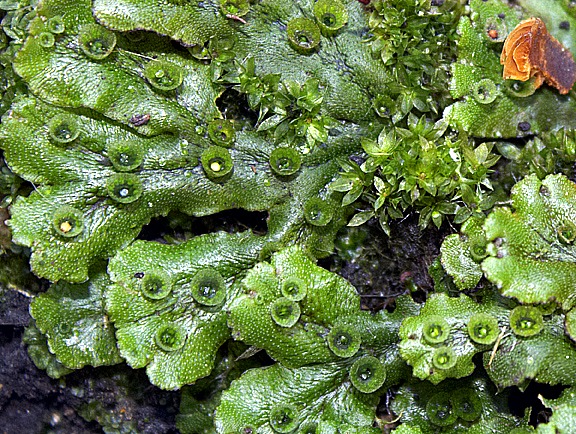
Their evolutionary history, on the other hand, includes a more recent diversification in the early Tertiary Period.diverse lineage of terrestrial plants that may be found on every continent and in nearly every habitat, with over 5000 species currently documented. The most primitive liverworts are thalloid, while the more advanced are referred to as “leafy” due to their tiny, leaflike projections. From spores or protonema-like filaments of cells, they grow. There are various kinds of liverworts in the tropics, subtropics, and temperate zones, and they live in wet, shady locations like stream banks.
Characteristics of liverworts
- Liverworts have pores but no conducting components (cuticle and stomata).
- Liverworts contain basic stomate-like holes, but they can’t open and close like higher plants’ stomates.
- Thallophytes are thalloid or leafy gametophytes.
- Internal differentiation in the form of photosynthetic cells, air chambers, and storage tissues is common in the thallus.
- The top layer of the thallus is densely packed with chloroplasts, whereas the bottom layer (thicker) is devoid of chloroplasts and pigment. The rhizoids sprout here and anchor the thallus to the substrate. Rhizoids are single-celled organisms.
- With or without a short seta, the sporophyte is compact.
- Sporangium with a capsule that has dehisced.
- The sporangium (capsule) has a single-layered wall.
- Asexual or sexual reproduction are both possible.
- Fragmentation or Gemma is used for asexual reproduction.
Division 2: Anthocerotopsida- The Hornworts
Anthoceros is the best-known genus within this small group of bryophytes. Horned liverworts are the popular name for members of this class. The sporophyte, which is found on many hornworts, has an extended hornlike shape. Many hornworts have a mutualistic relationship with cyanobacteria, which fix nitrogen in the tissues of the hornwort. Internal mucilage-filled holes are formed, which are colonized by photosynthetic cyanobacteria, particularly Nostoc species. The hornwort gets its characteristic blue-green hue from bacteria colonies growing inside the thallus. Anthoceropsida is a class with only six genera and perhaps 300 species. Anthoceros, Aspiromitus, Dendroceros, Megaceros, Notothylas, and Phaeoceros are among the six genera. Anthoceros, Dendroceros, Megaceros, and Notothylas are the four genera that all bryologists agree belong to the Anthoceropsida family.
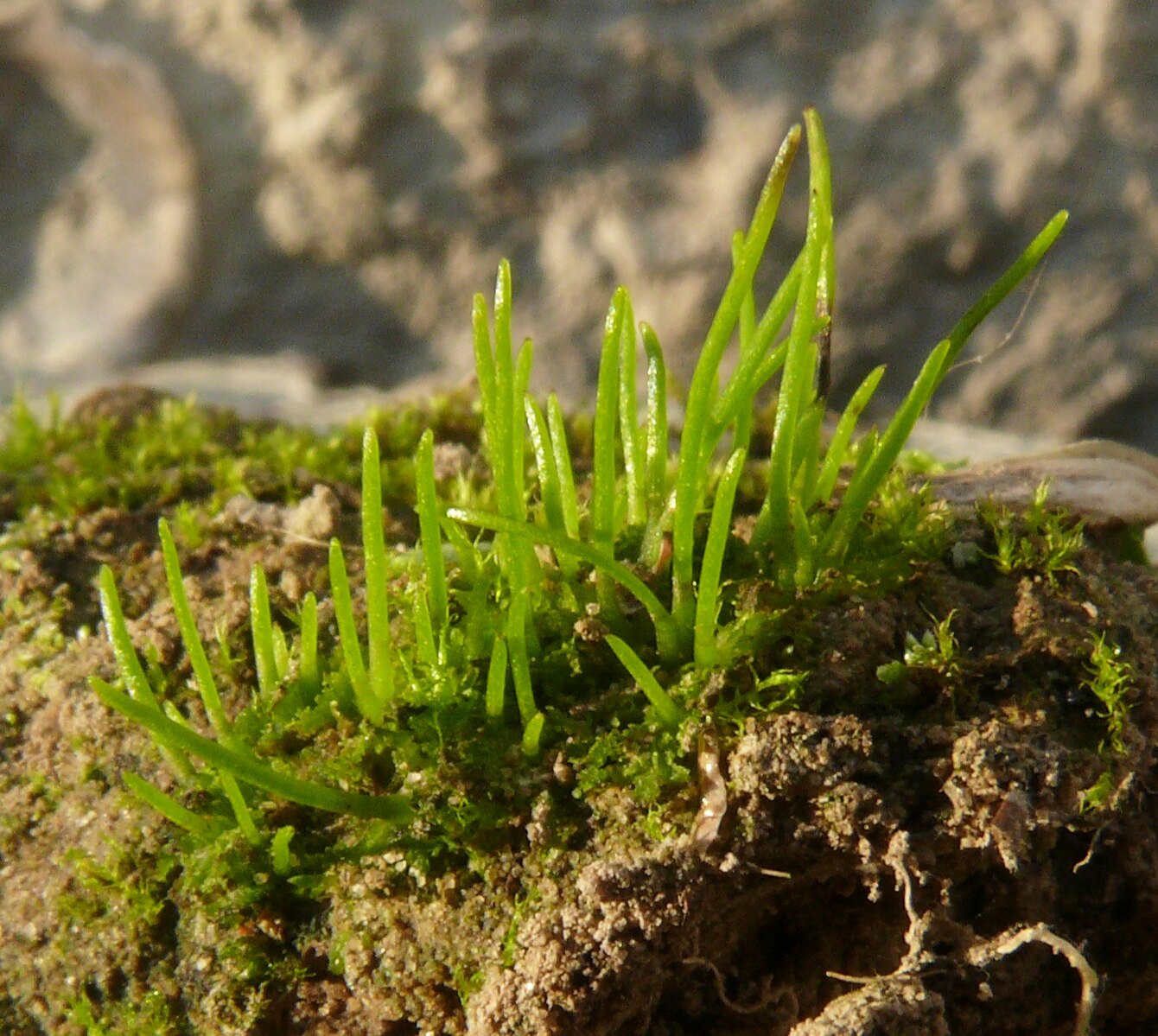
Characteristics of hornworts
- One big chloroplast is seen in most hornwort cells.
- A pyrenoid is found in chloroplast.
- The thallus of the gametophyte might be rosette or ribbon-like.
- An archegonium implanted deep into the gametophyte produces the horn-shaped sporophyte.
- Hornworts, like Liverworts, fertilize within the female archegonium, and the sporophyte emerges from the gametophyte thallus.
- The curled sporangium splits open at maturity, releasing the haploid spores.
- A multicellular outer layer, a central rod-like columella running up the center, and a layer of tissue in the middle that generates spores and pseudo-elaters make up a mature sporophyte.
- Unlike the elaters of liverworts, pseudo-elaters are multicellular. They have helical thickenings that twist as they dry out, helping to spread the spores.
Division 3: Bryopsida – The mosses
Mosses belong to the Bryopsida or Musci class of bryophytes. It has a variety of evolutionary lines, the most prominent of which is Bryales, for which it was given the name Bryopsida. It is the most diverse group of mosses, accounting for 95 percent of all moss species. There are around 660 genera and 15000 species in the Bryopsida class. The moss’s body is usually leafy in appearance. In the temperate zone, it prefers wet, shady areas. These are bryophytes with a leafy (not thalloid) gametophyte with leaves that are not strictly in two or three ranks, multicellular rhizoids, and, in most cases, a capsule (sporophyte) that has both a columella and a lid (operculum). Although the group does not have a very extensive fossil record, the earliest fossil mosses can be found in Permian rocks. The majority of mosses, on the other hand, thrive in moist environments and create large mats. Mosses are the most varied category of bryophytes, and they are significant commercially and environmentally for a variety of reasons. Mosses are now classified into three groups:
- Sphagnidae – The Peat Mosses (Sphagnum)
- Andreaeidae – The Granite Mosses (Andreaea, about 120 species; Andraeobryum, one species)
- Bryidae – The “True” Mosses (about 9500 species)
Characteristics of musci
- Leptoids and nonlignified hydroids are two types of specialized conducting tissue.
- Leafy gametophytes
- Rhizoids are multicellular organisms.
- The majority of cells have a large number of chloroplasts.
- Prostrate protonema and upright radial leafy shoot, persistant leaves spirally grouped on stem, rhizoid with muticellular oblique septa are all differentiating features of the gametophyte.
- As a result, the stalk-like structure is considered an early stem. Some kinds of mosses feature the beginnings of true leaves in the form of leaf-like structures that contain a short, central thread of vascular tissue.
- Stomata are present in sporophytes.
- Sporangia containing capsules that have dehisced.
- Sporogonium is classified into three types: foot, seta, and capsule.
Importance of Bryophyta diversity
These diversified Bryophytes play an important role in our daily lives as well the environment. Bryophytes serve a vital function in the ecology because they colonize barren soils, absorb nutrients and water, and slowly release them back into the ecosystem, helping to build soil for new plants to grow on. They have a critical role in the creation of soil on barren land, the maintenance of soil moisture, and the recycling of nutrients in forest vegetation. Determining the existence of specific bryophytes is indeed useful in determining the productivity and nutrient condition of different forest types. Furthermore, several biological phenomena have been identified through the study of bryophytes, which have had a significant impact on the progress of research in fields such as genetics and cytology.
References
- Bryophyta by O.P Sharma
- Introduction to Bryophytes by Vanderpoorten & Goffinet
- Botany for degree students- Bryophyta by B.R Vashishta, A.K Sinha, Adarsh Kumar
Revised By
- Nusrat Jahan Nitu on 17 February 2022.
 Plantlet The Blogging Platform of Department of Botany, University of Dhaka
Plantlet The Blogging Platform of Department of Botany, University of Dhaka

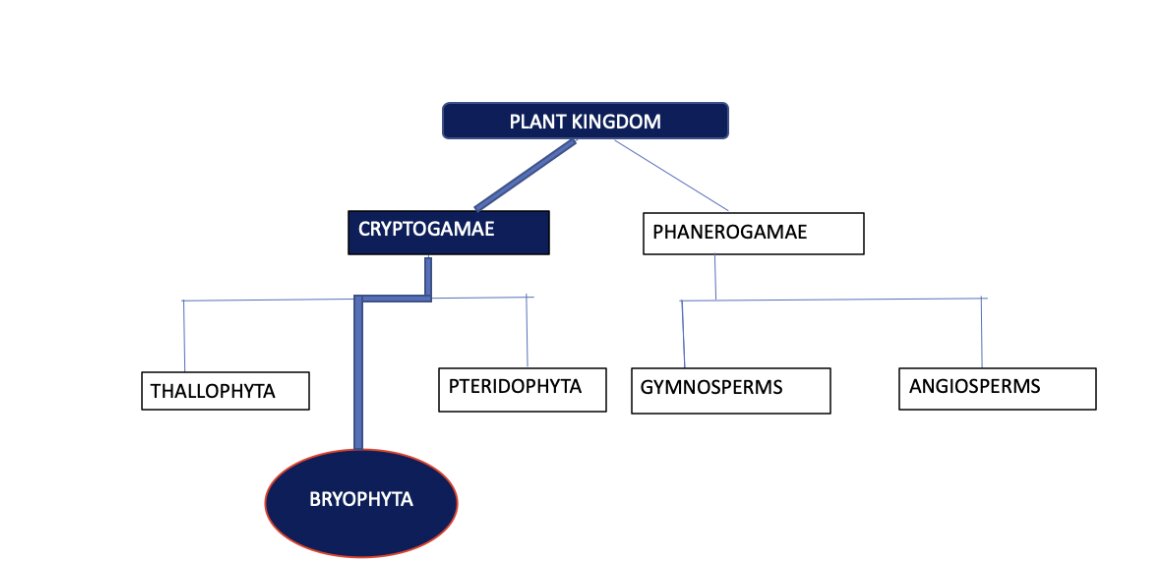



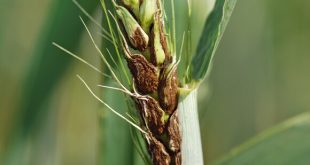
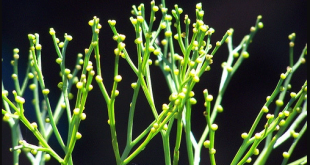
Clear & precise description. Keep up the good work.
I may need your help. I tried many ways but couldn’t solve it, but after reading your article, I think you have a way to help me. I’m looking forward for your reply. Thanks.